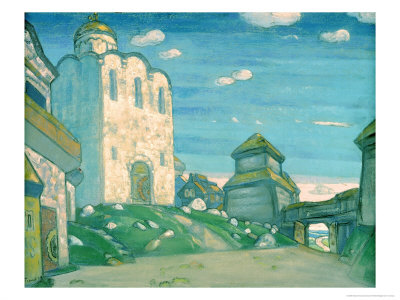By profession an eminent chemist and professor, Borodin (1833-1887) was also a member of a Russian musical circle which included Mussorgsky and Rimsky-Korsakov.
While his musical output was not large, it includes some of the best-known Russian classical works, including a number of symphonies, his D Major string quartet (with the famous Nocturne), and his masterpiece, the opera Prince Igor.
The Polovtsian Dances come from the second act of the opera, in which the Khan of the Polovtsi, a Mongol tribe, is entertaining Prince Igor, whom he has taken captive.
While a chorus is used when the dances are played in the opera, they are often played by instruments alone in a concert setting, as we are doing today. An initial processional characterized by wind solos against a plucked string and harp accompaniment gives way to a series of dances alternatively featuring dancing girls, warriors (fast descending clarinet motif); and young boys (leaping wind and string motifs). An accelerating coda brings the piece to its conclusion.
Polovtsian Dances
from "Prince Igor"
By Alexander Borodin





